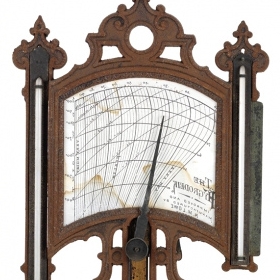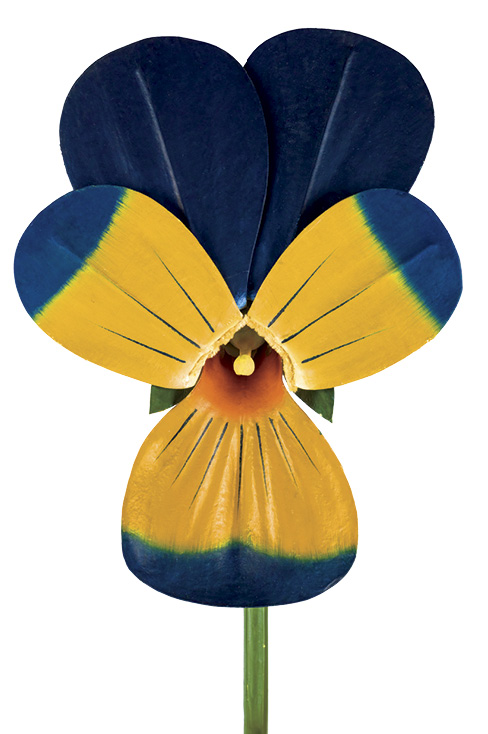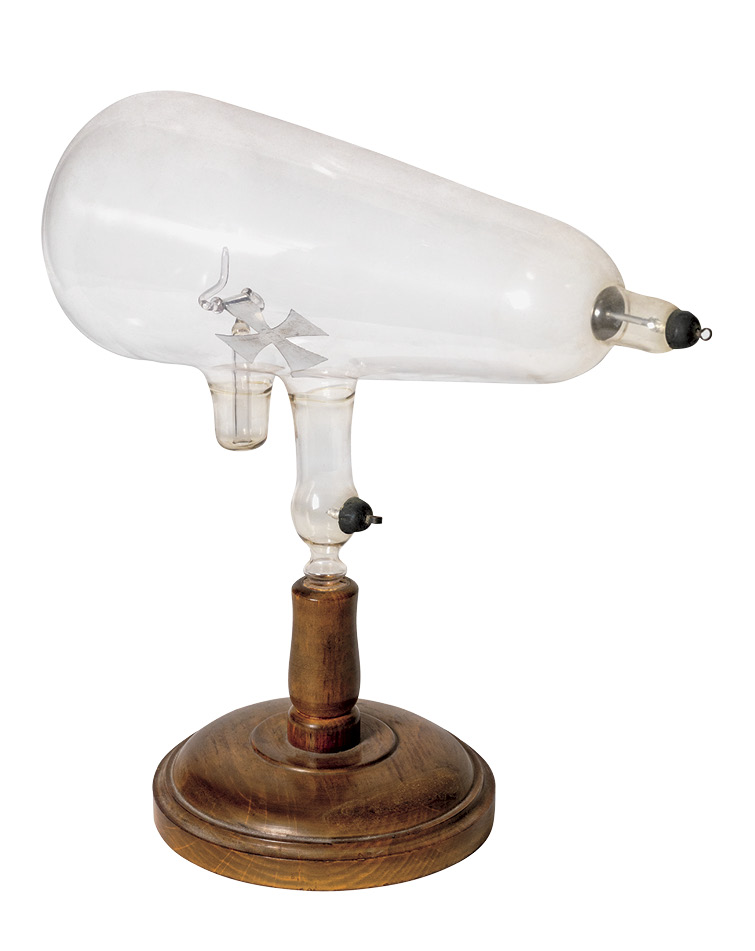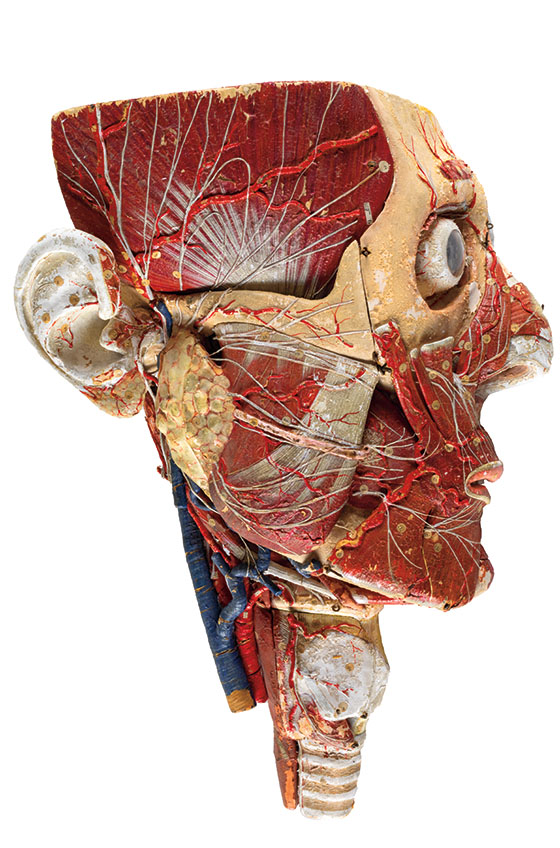John Cameron, professor emeritus of biology, has cataloged some 1,600 objects from labs past. As Wellesley looks to the future of science on campus, Cameron showed us some of his favorite items from its past.
John Cameron, professor emeritus of biology, has cataloged some 1,600 objects from labs past. As Wellesley looks to the future of science on campus, Cameron showed us some of his favorite items from its past.

College Hall Relic
Cameron spotted this tool in the Science Center’s collection, a hygrodeik that measures humidity, in a photo of its previous life in College Hall’s library. Cameron suspects that the instrument was saved from the library during the 1914 fire.
Rare Bird
Many of the taxidermied animals that overlooked the Focus have found homes at other institutions, but Wellesley kept those whose species are extinct: a passenger pigeon (above) and a Carolina parakeet.
Budding Interest
Henry Durant personally ordered a complete set of larger-than-life papier-mâché botanical teaching models made by Louis Thomas Jérôme Auzoux in France. Some of the collection now resides near Global Flora.
Early X-Rays
Shortly after Wellesley physics professor Sarah Frances Whiting learned in 1886 about Wilhelm Conrad Roentgen’s discovery of X-rays, she used this Crookes tube to make her own.
Face Off
Another Auzoux piece in Wellesley’s collection is a life-sized model of a human head. The College also has a life-sized model of a female body, one of only a handful in existence.






